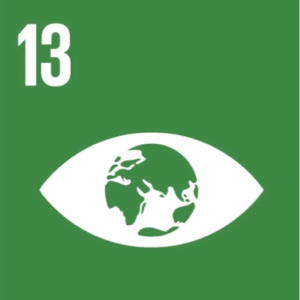This methodology is designed for projects that involve reduction in greenhouse gas (GHG) emissions in shipping sector. The methodology is applicable to projects that involves biofuel and bio-bunker blending to reduce GHG emissions by displacing traditional fossil bunkers for use in sea vessels. A few key features of the methodology are:
Scope: The methodology covers the entire supply chain process, starting from waste oil collection to the blending and delivery of biofuels to marine vessels.
Emission comparison: It involves a rigorous process of measuring emissions from the entire biofuel supply chain and comparing them against the GHG emissions from conventional fossil fuel options used in the specific category of the supply chain.
ISCC Alignment: The methodology adheres to the International Sustainability and Carbon Certification (ISCC) guidelines, which are widely recognized and accepted globally, ensuring transparency and credibility.
Directive (EU) 2018/2001 (RED II): The GHG emission calculations are based on the Renewable Energy Directive (RED II) of the European Parliament, further elaborated in the ISCC EU 205 Greenhouse Gas Emissions Version 4.0 document (valid from 1st July 2021).
Voluntary Carbon Market: The methodology functions within the voluntary carbon market ecosystem and complements, but does not replace, mandatory decarbonization initiatives undertaken by the International Maritime Organization (IMO).


